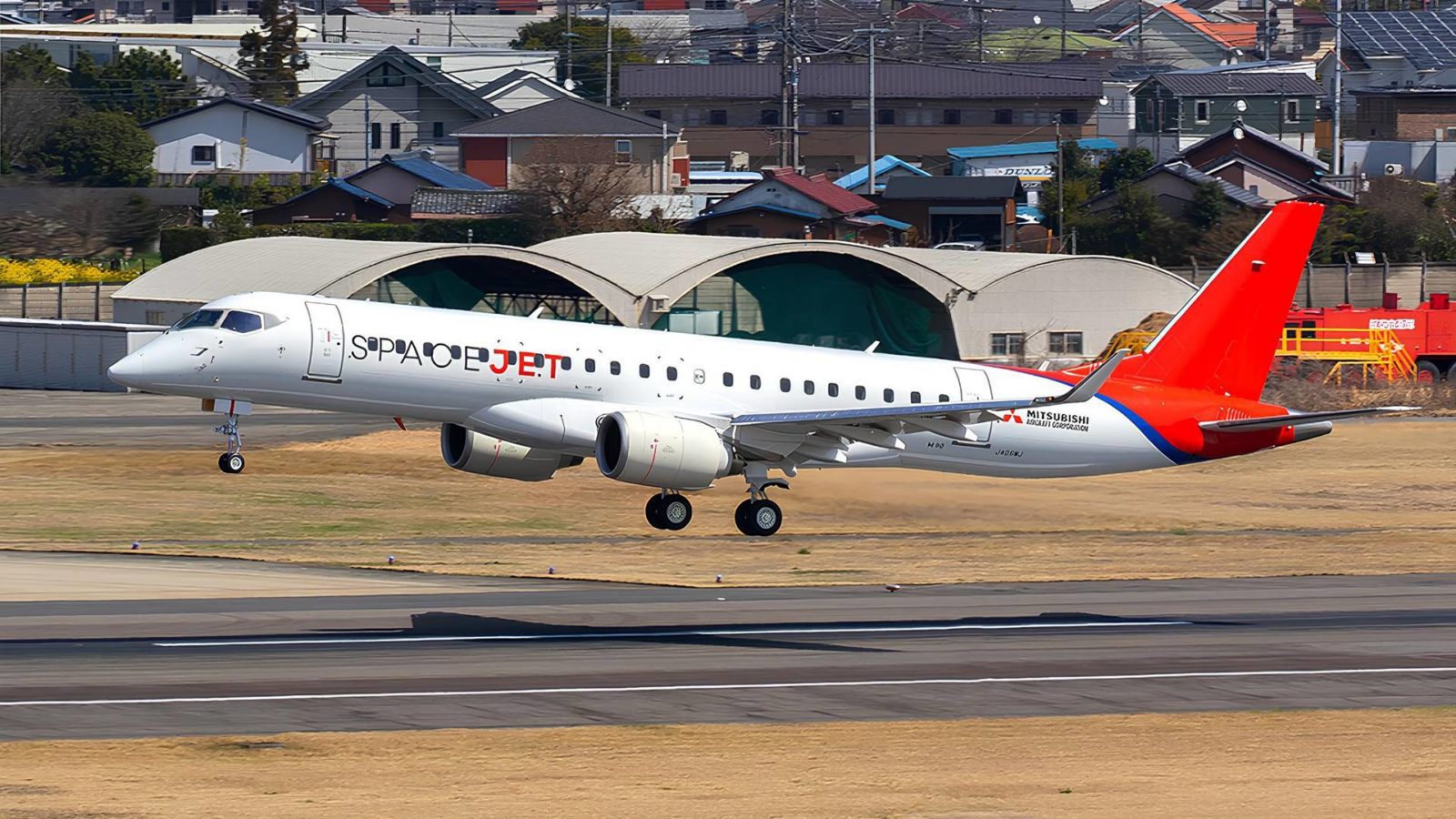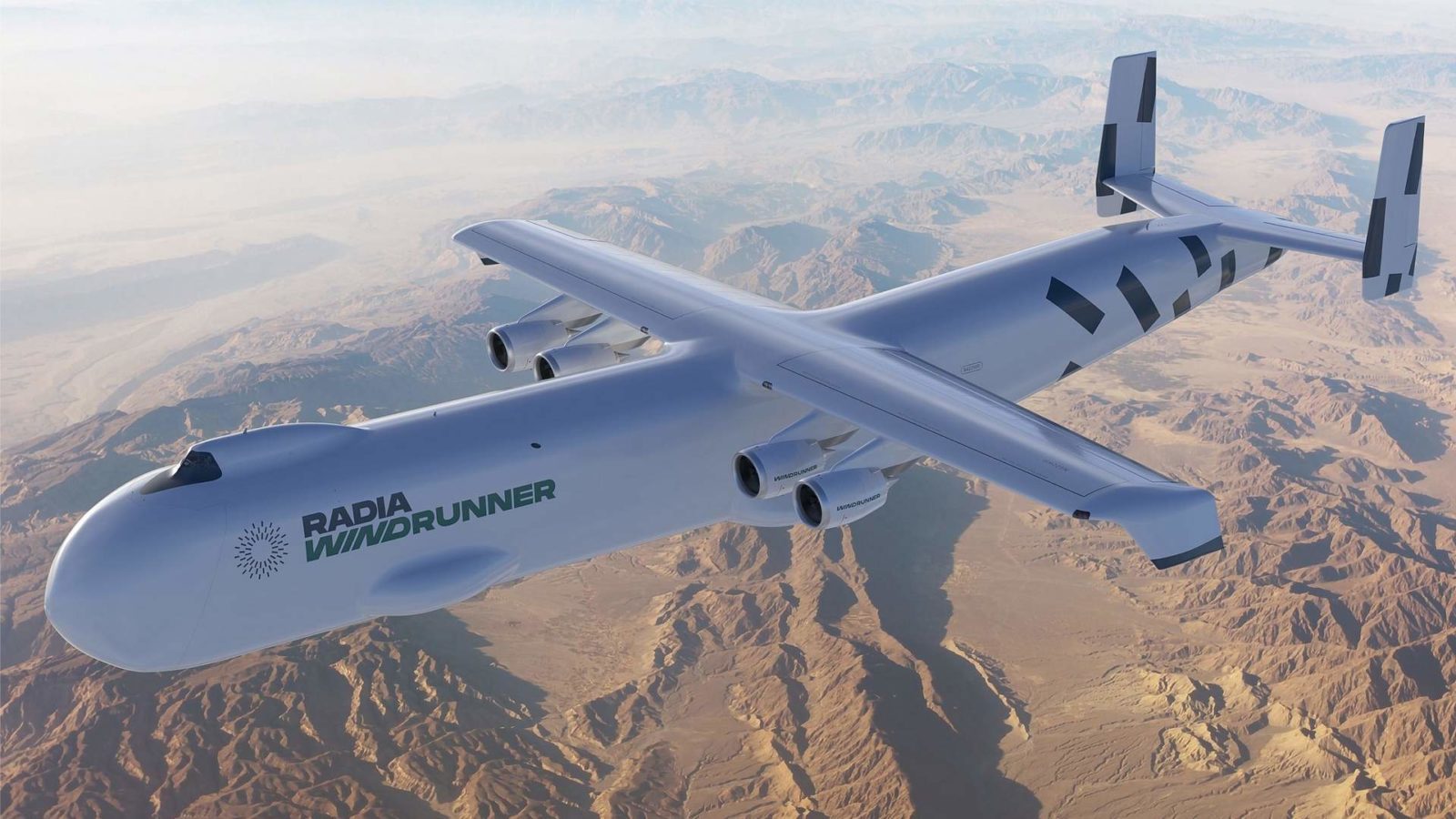Carbon Offsetting; How Much Would You Pay?
Carbon offsetting in aviation has been around for some time but gained significant traction in 2007/8 with some major American airlines beginning to offer offset programmes to its passengers. The process gained an additional push with the advent of powerful lobbying by various Green political parties, particularly in Europe. In the last year, the most visible protests have been made by Extinction Rebellion, not least last week where an attempt was made in block access to Heathrow.
So is there a real issue, and who’s doing what?
There’s no doubt that aviation makes a notable contribution to the production of greenhouse gasses, which has a major effect on climate change. Airlines can, must and increasingly do work towards reducing these emissions.
The most recent addition to the numbers of airlines doing their part is Norwegian who have committed to becoming carbon neutral in the next thirty years. The IAG (largely British & Iberia) aim to be neutral by 2050. Norwegian have also signed the UN Framework Convention on Climate Change, where they commit to;
- Measure and report greenhouse gas emissions,
- Reduce emissions ‘as much as possible’
- Offset remaining emissions with UN-certified emission reductions.
Norwegian are offering passengers the option to compensate in cash for their portion of the CO2 produced per flight. More power to them. However, offering passengers the option to make the personal contribution isn’t necessarily successful; Austrian report less than 1% of their clientele do so. Austrian are also committed to modernizing their fleet-on the basis that new aircraft are cleaner and to reducing their fuel consumption. (Remember Virgin’s scheme to tow theirs to the holding point?) ‘Modernising the fleet’ is great, who wouldn’t; but at what price?
Norwegian is the latest to join the trend, but by no means the only. EasyJet were the first major airline to get serious. They’ve set aside £25 million per annum towards offsetting and are supporting 17 projects to deliver actual offsets and they’re in working with Airbus to develop electric and hybrid aircraft for short-haul flights in Europe. British Airways (like Air France) are beginning compulsory offsets for domestic flights; in the case of BA, estimated to be 400 000 tonnes each year.
Michael O’Leary at Ryanair is less impressed, taking aim particularly at business and first-class passengers who given the greater proportion of space they occupy, make a higher per capita contribution to the emissions. Standing room only, anyone?
Is the problem as big as we might believe—with aviation?
Absolutely not, says Carsten Spohr, CEO of Lufthansa. Referring to the ‘flight-shaming’ movement (see also; ‘guilt-trip’) Spohr points out that commercial aviation produces 2.8% of global carbon dioxide, with the energy industry by far the biggest polluter. Even the fashion industry produces substantially more; about 8% of total emissions.
The challenge is of course that air travel is an easy target; noisy, news-worthy and very visible.
There’s every reason to do what can reasonably be done in reducing emissions. Despite strong arguments against the value, the Norwegian/EasyJet approach is the current leader in more responsible flying.
The post Carbon Offsetting; How Much Would You Pay? appeared first on Travel Radar- Home of Aviation & Travel News!.




3 comments
sid burks
For those of you who failed high school science class CO2 is NOT a pollutant. It is a naturally occurring gas required by plant life and humans also to live.
sid burks
I will pay zero. Carbon offsets are a hoax.The only reason airlines are doing this is to attract those dull enough to believe in them.